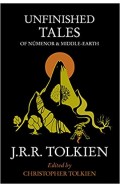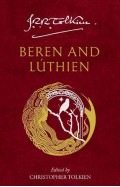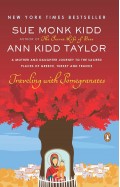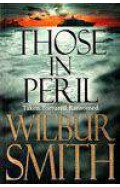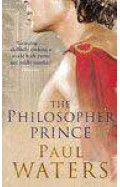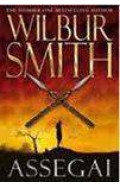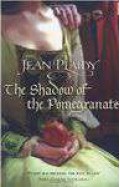- Home
- Books
- Book Bazaar Upto 80% Off
- RP - Coffee Table
- Fiction & Literature
- Fantasy
- The Fall of Gondolin
The Fall of Gondolin
By: J. R. R. Tolkien
-
Rs 1,865.75
- Rs 2,195.00
- 15%
You save Rs 329.25.
Due to constant currency fluctuation, prices are subject to change with or without notice.
In the Tale of The Fall of Gondolin are two of the greatest powers in the world. There is Morgoth of the uttermost evil, unseen in this story but ruling over a vast military power from his fortress of Angband. Deeply opposed to Morgoth is Ulmo, second in might only to Manwë, chief of the Valar.
Central to this enmity of the gods is the city of Gondolin, beautiful but undiscoverable. It was built and peopled by Noldorin Elves who, when they dwelt in Valinor, the land of the gods, rebelled against their rule and fled to Middle-earth. Turgon King of Gondolin is hated and feared above all his enemies by Morgoth, who seeks in vain to discover the marvellously hidden city, while the gods in Valinor in heated debate largely refuse to intervene in support of Ulmo's desires and designs.
Into this world comes Tuor, cousin of Túrin, the instrument of Ulmo's designs. Guided unseen by him Tuor sets out from the land of his birth on the fearful journey to Gondolin, and in one of the most arresting moments in the history of Middle-earth the sea-god himself appears to him, rising out of the ocean in the midst of a storm. In Gondolin he becomes great; he is wedded to Idril, Turgon's daughter, and their son is Eärendel, whose birth and profound importance in days to come is foreseen by Ulmo.
At last comes the terrible ending. Morgoth learns through an act of supreme treachery all that he needs to mount a devastating attack on the city, with Balrogs and dragons and numberless Orcs. After a minutely observed account of the fall of Gondolin, the tale ends with the escape of Tuor and Idril, with the child Eärendel, looking back from a cleft in the mountains as they flee southward, at the blazing wreckage of their city. They were journeying into a new story, the Tale of Eärendel, which Tolkien never wrote, but which is sketched out in this book from other sources.
Following his presentation of Beren and Lúthien Christopher Tolkien has used the same 'history in sequence' mode in the writing of this edition of The Fall of Gondolin. In the words of J.R.R. Tolkien, it was ‘the first real story of this imaginary world’ and, together with Beren and Lúthien and The Children of Húrin, he regarded it as one of the three 'Great Tales' of the Elder Days.
In the Tale of The Fall of Gondolin are two of the greatest powers in the world. There is Morgoth of the uttermost evil, unseen in this story but ruling over a vast military power from his fortress of Angband. Deeply opposed to Morgoth is Ulmo, second in might only to Manwë, chief of the Valar.
Central to this enmity of the gods is the city of Gondolin, beautiful but undiscoverable. It was built and peopled by Noldorin Elves who, when they dwelt in Valinor, the land of the gods, rebelled against their rule and fled to Middle-earth. Turgon King of Gondolin is hated and feared above all his enemies by Morgoth, who seeks in vain to discover the marvellously hidden city, while the gods in Valinor in heated debate largely refuse to intervene in support of Ulmo's desires and designs.
Into this world comes Tuor, cousin of Túrin, the instrument of Ulmo's designs. Guided unseen by him Tuor sets out from the land of his birth on the fearful journey to Gondolin, and in one of the most arresting moments in the history of Middle-earth the sea-god himself appears to him, rising out of the ocean in the midst of a storm. In Gondolin he becomes great; he is wedded to Idril, Turgon's daughter, and their son is Eärendel, whose birth and profound importance in days to come is foreseen by Ulmo.
At last comes the terrible ending. Morgoth learns through an act of supreme treachery all that he needs to mount a devastating attack on the city, with Balrogs and dragons and numberless Orcs. After a minutely observed account of the fall of Gondolin, the tale ends with the escape of Tuor and Idril, with the child Eärendel, looking back from a cleft in the mountains as they flee southward, at the blazing wreckage of their city. They were journeying into a new story, the Tale of Eärendel, which Tolkien never wrote, but which is sketched out in this book from other sources.
Following his presentation of Beren and Lúthien Christopher Tolkien has used the same 'history in sequence' mode in the writing of this edition of The Fall of Gondolin. In the words of J.R.R. Tolkien, it was ‘the first real story of this imaginary world’ and, together with Beren and Lúthien and The Children of Húrin, he regarded it as one of the three 'Great Tales' of the Elder Days.
The Fellowship of the Ring (The Lord of the Rings, Book 1)
By: J. R. R. Tolkien
Rs 2,195.00 Ex Tax :Rs 2,195.00
The Fellowship of the Ring (the Lord of the Rings, Book 1)
By: J. R. R. Tolkien
Rs 1,995.00 Ex Tax :Rs 1,995.00
The Fellowship of the Ring (the Lord of the Rings, Book 1)
By: J. R. R. Tolkien
Rs 2,195.00 Ex Tax :Rs 2,195.00
The Fellowship of the Ring : Being the First Part of the Lord of the Rings
By: J. R. R. Tolkien
Rs 2,715.75 Rs 3,195.00 Ex Tax :Rs 2,715.75
Zubin Mehta: A Musical Journey (An Authorized Biography)
By: VOID - Bakhtiar K. Dadabhoy
Rs 630.00 Rs 1,050.00 Ex Tax :Rs 630.00
Traveling With Pomegranates A Mother And Daughter Journey To The Sacred Places Of Greece Turkey And France
By: Sue Monk Kidd
Rs 1,165.50 Rs 1,295.00 Ex Tax :Rs 1,165.50
The Vampire Diaries Stefans Diaries 3 The Craving
By: L. J. Smith
Rs 2,335.50 Rs 2,595.00 Ex Tax :Rs 2,335.50
No recently viewed books available at the moment.
Zubin Mehta: A Musical Journey (An Authorized Biography)
By: VOID - Bakhtiar K. Dadabhoy
Rs 630.00 Rs 1,050.00 Ex Tax :Rs 630.00
The Fellowship of the Ring (The Lord of the Rings, Book 1)
By: J. R. R. Tolkien
Rs 2,195.00 Ex Tax :Rs 2,195.00
The Fellowship of the Ring (the Lord of the Rings, Book 1)
By: J. R. R. Tolkien
Rs 1,995.00 Ex Tax :Rs 1,995.00
The Fellowship of the Ring (the Lord of the Rings, Book 1)
By: J. R. R. Tolkien
Rs 2,195.00 Ex Tax :Rs 2,195.00
The Fellowship of the Ring : Being the First Part of the Lord of the Rings
By: J. R. R. Tolkien
Rs 2,715.75 Rs 3,195.00 Ex Tax :Rs 2,715.75










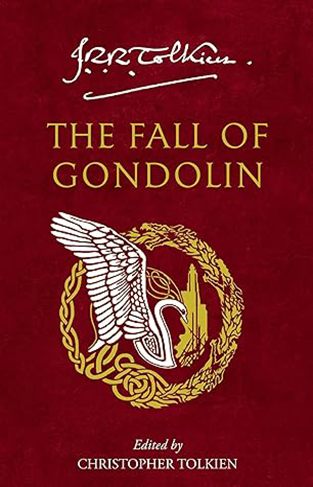
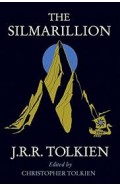
-(PB)-120x187.jpg?q6)
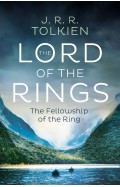
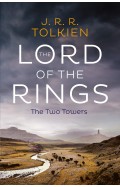
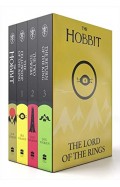
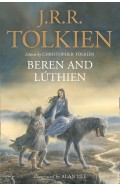
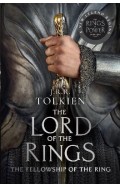
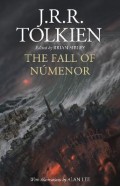
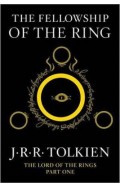
-120x187.jpg?q6)





